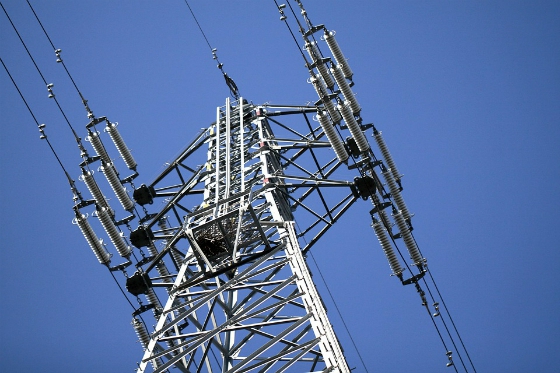Substantial investment in Gulf power projects needed over next five years, says Ventures Onsite
The GCC power sector requires $137 billion of investment over the next five years to cope with rising demand, a new report claims.
Capacity in the region needs to expand at an average annual pace of 8 percent between 2016 and 2020. This will require an estimated $85 billion for the addition of 69 gigawatt (GW) of generating capacity and a further $52 billion for transmission and distribution, the report by construction research firm Ventures Onsite states.
The report forecasts a 14 percent year-on-year increase in GCC power construction contractor awards in 2017.
The total value of contracts awarded is set to increase from $22.381 billion in 2016 to $25.523 billion in 2017, the report says.
Saudi Arabia is expected to register the highest contractor awards in 2017, at around $12.34 billion, an increase of over 50 percent from its 2016 figure.
The report predicts the value of power construction contract awards will also significantly increase in Bahrain, Kuwait and Oman.
GCC countries are set to invest a total of $252 billion over the next five years in projects for setting up new power production plants, distribution systems and supply grids, Ventures Onsite notes.
Many are implementing reforms to the structure of the electricity market – for example, increasing water, electricity and fuel prices to ease the burden on state budgets. This is all part of a broader programme to liberalise domestic energy prices over the medium term, the report adds.
There has also been a growing interest in ‘smart’ power grids that more efficiently produce and distribute power according to immediate demand, thereby reducing stress on grids, cutting emissions and defer investments for upgrades.
Holley Chant, executive director of corporate sustainability at energy consultancy KEO International, said: “The elephant in the room for energy efficiency is the heavily subsidised unit cost of energy within the GCC.
“[A report by] the Abdullah Bin Hamad Al-Attiyah Foundation for Energy & Sustainable Development in November 2015 states that this is as much as 66 percent for some GCC countries.
“Given the promising development of low carbon infrastructural energy generation projects, the hidden costs of subsidized energy are reducing.
“Nonetheless, addressing this difference would be the strongest incentive. Since utility costs are rising, a clear road map of future financial impacts would further support this stimulus.”
Arabian Business
02 February























































